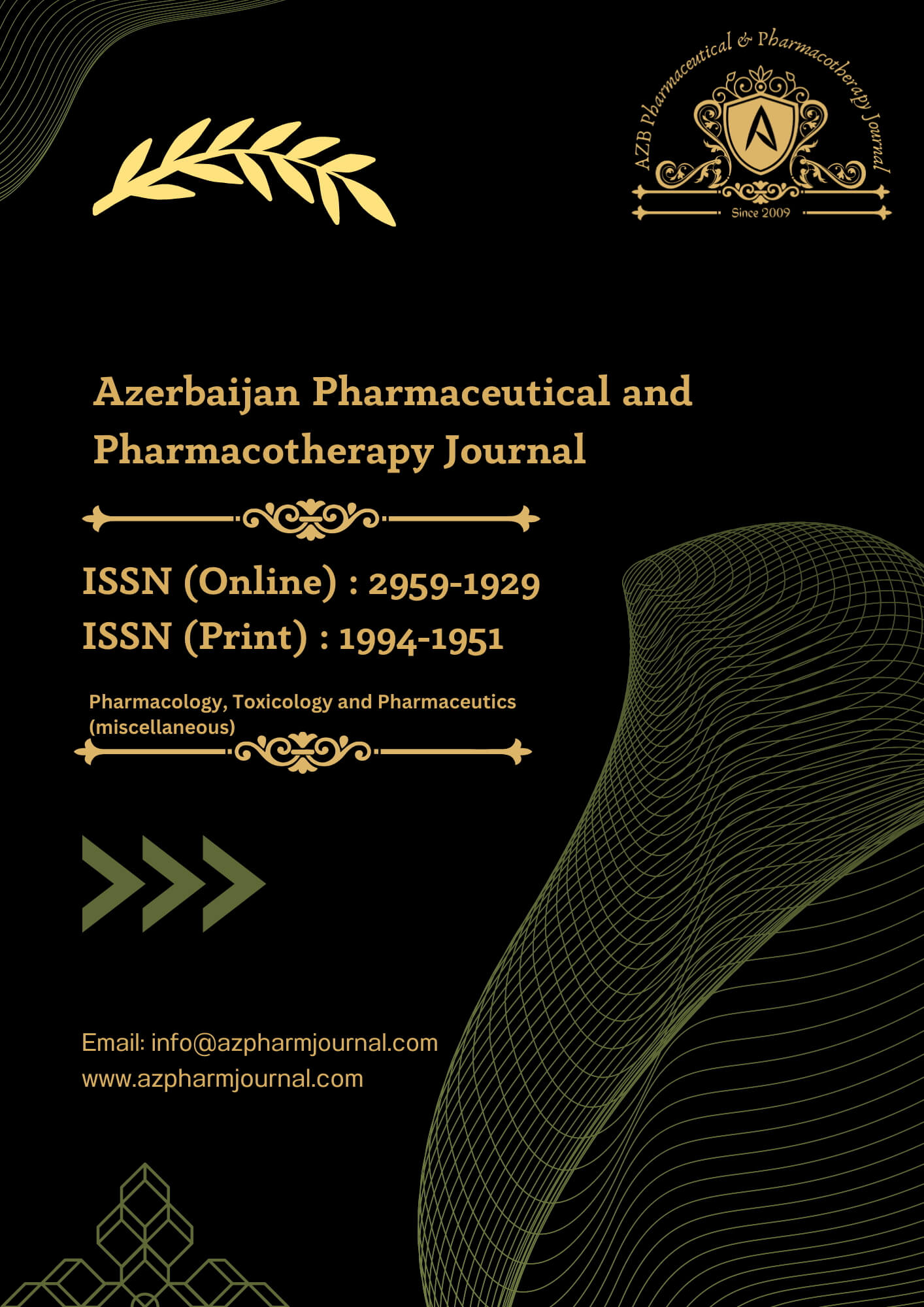3. Result
Demographic characteristics of patients
One hundred patients were enrolled in the study those who were admitted to the IPD of the medicine department fulfilled the inclusion criteria. The age of the study population ranged from 18 - 90 yrs, with a maximum (53%) patients in the age group of 31-60 yrs followed by 61-90 yrs age group (24%) and 15-30 yrs (23%). Most of the patients in our study were females (67%). The monthly income ranges from Rs 2000- to Rs 25000 and 72% of patients have a family income of </=Rs 10000 per month whereas 76% of the study population are dependent on others. Most of the study population were illiterate which is 43%. The average duration of hospital stay was 3.47 days for the patients and the average days for which antibiotic therapy was prescribed in the hospital was 3.2 days.
A total of 432 drugs were prescribed during the study period, among which 172(39.8%) were antimicrobial agents. All the antimicrobial agents were prescribed by generic name and from the state Essential Drug List or the National List of Essential Medicines (NLEM). Poly-pharmacy (>5 no. of drugs) was observed in 27% of prescriptions.
From the current study, it was observed that single antibiotics were prescribed under most of the prescriptions (76%), maximum prescriptions of antibiotics were cephalosporin class (53%) followed by penicillin with beta-lactamase inhibitors (7.50%), tetracycline (5.30%), macrolide (4.50%), fluoroquinolones (4.50%), nitroimidazole (2.27%), and carbapenem (0.75%). Ceftriaxone was the major class of antimicrobials prescribed to patients followed by combinations of cefoperazone + sulbactam (15.9%). The use of a single antibiotic is more common (76%) than the FDCs which is only 24%. Out of all antibiotic combinations used, 70% of combinations are rational and 21% are irrational. Seventy-nine per cent of antimicrobial agents were used as per indications, out of all prescribed antimicrobial agents. In a few cases, patients with unexplained fever were prescribed 2-3 drugs such as cefoperazone-sulbactam + ceftriaxone or in case of acute gastroenteritis, piperacillin-tazobactam + ceftriaxone was prescribed empirically. Demographic profile of antibiotic uses in Medicine IPD (n=100) is presented in Table 1.
Table 1: Demographic Profile of Antibiotic uses in Medicine IPD (n=100)
| Age(yrs) |
18-30yrs |
23% |
| 31-60yrs |
53% |
| 61-90yrs |
24% |
| Gender |
| Male |
33% |
| Female |
67% |
| Monthly Family Income (Rs) |
2000-25000 |
| </=10000 |
72% |
| >10000-20000 |
18% |
| >20000 |
10% |
| Occupation |
| Official |
12% |
| Depended |
76% |
| Working |
12% |
| Education level |
| Professional |
10% |
| Illiterate |
43% |
| Primary |
34% |
| Secondary |
13% |
Antibiotic therapy was prescribed for 3.2 days on average during the study period. There is no direct treatment cost incurred to the patients as all the medicines prescribed in the hospital were supplied by the Government. The cost borne by the government was assessed and the average cost of antibiotics per patient per day was found to be Rs 200.17. In 77% of instances, antibiotics were given through the intravenous route. The dose and dosing schedule are appropriate as per the specific antibiotic. The Antibiotics consumption index (ACI) or DDD per 100 bed days was highest for doxycycline (83.34 gm) followed by ciprofloxacin (52.08gm), Azithromycin (41.67 gm), Moxifloxacin (40.67gm).
Adverse drug reactions were observed in 73 counts. On gender-wise distribution, the study revealed that ADRs were found to be more common among female patients. The highest number of ADRs was seen in the age group of 31-60 years (37%). The majority of ADR was reported with antibiotic ceftriaxone followed by cefoperazone + sulbactam and piperacillin +tazobactam combinations. Commonly seen ADRs in the study were dyspnoea, burning in the eyes and sore throat.
Drug utilization evaluation of antimicrobial agents
| Table 2: Utilization of AMAs as per WHO ATC/DDD classification |
AMA |
ATC code |
Dose
(gm) |
%
Prescribed
|
Dosing
interval |
Route |
Mean Duration of AMA used (days) |
Mean
DDD (gm) |
ACI (gm)
[Total DDD /
100 bed days] |
Ceftriaxone |
JO1DD04 |
1 |
51 |
BD |
IV |
3 |
2 |
25 |
Moxifloxacin |
JO1MA14 |
0.4 |
2 |
OD |
O |
5 |
0.4 |
40.67 |
Cefoperazone + salbactum |
JO1DD62 |
1.5 |
16 |
BD |
IV |
1 |
4 |
6.25 |
Piperacilin +Tazobactam |
JO1CR05 |
4.5 |
8 |
TDS |
IV |
5 |
14 |
40.17 |
Meropenem |
JO1DH02 |
0.5 |
1 |
TDS |
IV |
3 |
3 |
12.5 |
Azithromycin |
JO1FA10 |
0.5 |
5 |
OD |
O |
3 |
0.3 |
41.67 |
Nitrofurantoin |
JO1XE01 |
0.1 |
5 |
OD |
O |
7 |
0.2 |
29.16 |
Doxycycline |
JO1AA02 |
0.1 |
5 |
BD |
1V |
5 |
0.1 |
83.34 |
Metronidazole |
JO1XD01 |
0.5 |
2 |
OD |
O |
1 |
1.5 |
15.34 |
Cefotaxime |
JO1DD01 |
1 |
2 |
TDS |
IV |
5 |
4 |
31.25 |
Ciprofloxacin |
JO1MA02 |
0.5 |
2 |
BD |
IV |
5 |
0.8 |
52.08 |
